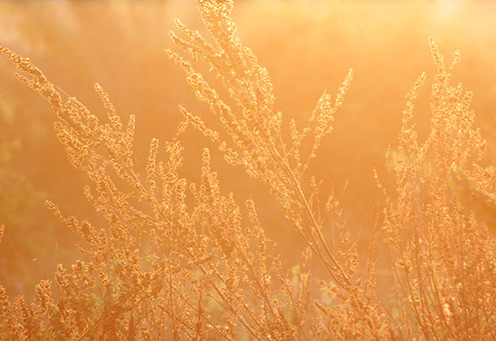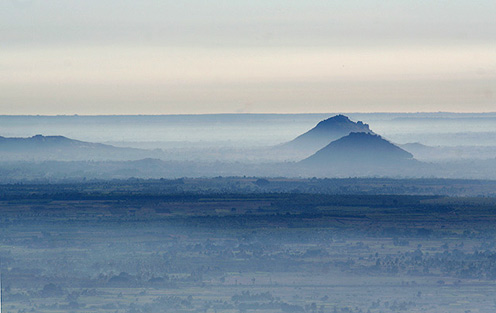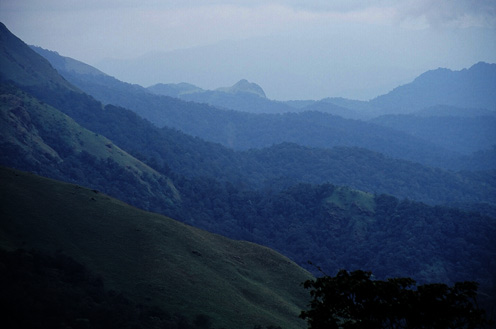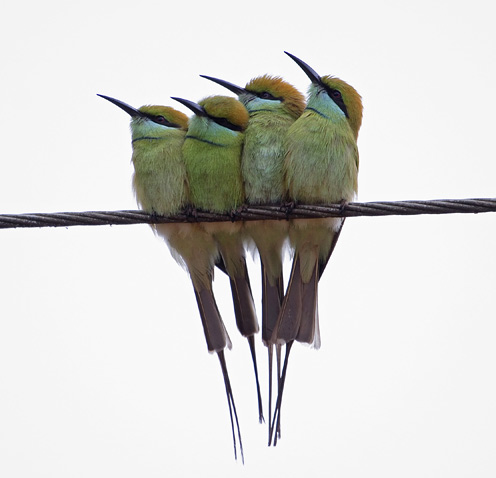Thursday Travel Photography #2 – Early mornings
The second in the series on Thursday Travel Photography Column, discussing on the importance of early morning light.
Join India Travel and Photography group on flickr.
I have created a group on flickr, called India Travel and photography for discussions on travel and photography, and to share images and travel stories. Please join the group and share your images from recent trips, and possibly your travel stories along with images.
From next week, I intend to critique one or two images every week as a part of Thursday Travel Photography column, explaining how a photograph can be bettered and/or what makes it stand out, highlighting the technicals and aesthetics related to the image. To have your images critiqued, add your images to the group pool and tag them as itpcritique.
Waking up early in the morning is critical for getting good outdoor shots, especially when you are shooting landscape images. The soft light of the morning hours just before and during the sunrise can bring life to a scenery that may look flat in later hours of the day.
On a cloudy day or in clear summer days, the light just before the sun comes out tends to have a blue tint that works well when you are shooting in mountain landscapes, beach side or other open areas. In winters, the early morning sun on clear days tends to have an orange hue that can bathe the landscape in glorious colors. A gentle fog in the morning can diffuse the light and create magical effects in the landscape, highlighting the contours of the mountains and removing excessive details from the scenery. A few examples:

What could have been an ordinary image of wild grass is transformed into a colourful frame in early morning light, on a winter morning. But such brilliant colors may not occur in summers.

The mild fog in the morning hides the finer details of the plains and highlights just the contour of the mountains in this picture. Also notice the blue tint in the entire frame, which will not occur in the later hours of the day. A similar shot, made in the afternoon would be full of details of the plains, and the emphasis on the hills would be completely lost. Also, the image would have a dull color and would look very flat.
Another important character of the morning light is the angle of the incident light. Because the sun is close to horizon and the light is not harsh, sunlight casts mild shadows in depressions in the landscape. Shadows created by such lighting (normally called side-light) help highlight the texture of the subject and show the depth and help visualize the third dimension in the photograph. Contrary to this, afternoon sun has equal intensity in all areas, be it depressions or crests, making the scenery look flat and two dimensional. Where the afternoon light does cast shadows, the shadows tend to be harsh, which form completely dark areas in the image, making the picture look ugly. An example.

In the image above, which was shot in early morning hours, the distinction between each layer of mountains is clearly visible, and there is a depth in the image. However in the picture below, which was shot in the same region but in later hours of the day, distinction between the layers of mountains is not as prominent, and the image is not as appealing as the one above.

If you are shooting wildlife, there is another advantage besides the quality of light. Birds tend to be less active in the morning hours and are easier to shoot. You can find some birds, and animals like monkeys in a close huddle in winter mornings, which makes them look appealing, like in the image below.

To ask me any questions on morning light or other aspects on photography, to start a discussion or share your images related to the topic, join India Travel and Photography flickr pool, add images and start discussion threads.